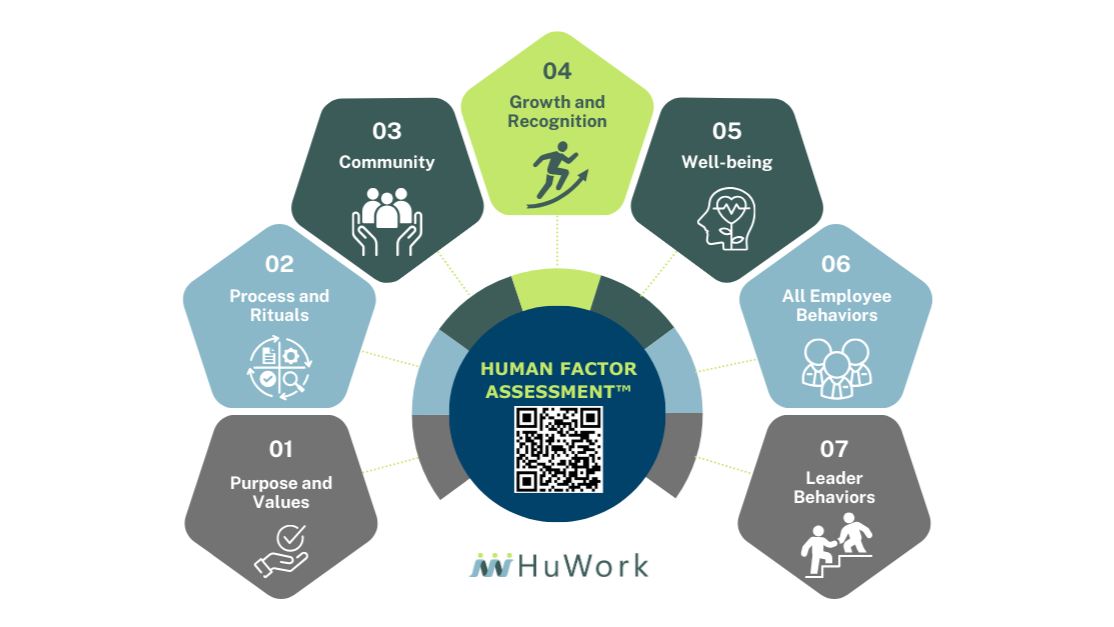8 - What Human-Centered Leaders Do Differently (Article 8 of 8)
June 11, 2025
Why Human-Centered Leadership Matters
In a time when burnout is rising, trust is declining, and AI is transforming the workplace, the need for human-centered leadership has never been more urgent. This isn’t about being soft, it’s about being strategic, responsive, and real.
Many workplaces are still catching up to what today’s workforce needs: trust, purpose, and people-first leadership. It doesn’t mean leaders are not looking at performance metrics; it means that human-centered leaders are BALANCING both P’s: PERFORMANCE and PEOPLE. These leaders create the conditions for belonging, innovation, and resilience. Research shows that when leaders demonstrate certain behaviors, such as caring, connection, and trust, employee engagement and retention go up. Conversely, when trust is lacking, organizations face burnout, low morale, and turnover. According to a large leadership survey, only 46% of employees fully trust their direct manager, and even fewer trust senior leaders. That trust gap is a call to action.
Think about the best bosses you’ve had in your career. As you dial into what made their style different and memorable, you will probably find a theme that they regularly engaged in human-centered leadership behaviors.
🗝️ Key Takeaway: Human-centered leadership is now a requirement in a world of high AI and low trust. Balancing the performance and people side will differentiate successful organizations from those that struggle to attract and retain top talent.
To read the full article click here.

